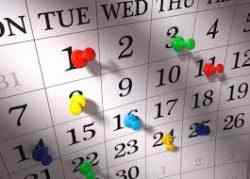Procrastination
YES– I’m a procrastinator. Please forgive me, I know we are all feeling the time crunch here. haha
I read Bone Gap for my chapter book, and I have to say I like it the best out of all the books we’ve read so far. I am normally one to pick up a boring memoir or some new science research text (yeah I know it’s weird, but I like to learn), however this book was refreshing. The author uses so much imagery and the “conversational” type of dialogue between characters. It was so easy for me to picture in my mind the characters, the scene, their gestures, and honestly it was fun. The only thing I didn’t enjoy was the beginning of the book. I was confused– and not in the “oh I need to keep reading to find out what happens” kind of way. Honestly, if I started reading this five years ago I probably would’ve put the book down. I know I’m sounding dramatic– it wasn’t that bad but I just normally don’t pick up these kinds of fiction novels. The beginning does show her amazing gift of descriptive imagery writing, but I was pretty much lost. Then she jumped to another character in the next chapter which didn’t help. There are different chapters that switch the narrative to a different character. Once I got used to this, I liked it. It kept me paying attention. It was almost like the switching of scenes in a movie. When I got deeper into the book it sucked me in like some mysterious portal. I was up all night pretty much. The ability for a book to take you into another world is essential for children’s literature. When you escape in a book, it becomes addicting and you almost forget you’re even reading. This is what we want– students addicted to reading, to become the “wild reader” that Miller describes.
I also believe this book puts an awesome label on fiction novels. When I think of fiction novels, I think of sci-fi crap. However, this book has changed my mind. This book is fantasy– there are things that you just know could not happen. But, when I was reading, I truly felt like they were happening. I mean if that’s not good writing I don’t know what is. Young adults need this “believableness” in a novel because I feel like they need to be able to relate to it. When it sounds like it could maybe possibly one day happen, then maybe, just maybe the young adults will still have enough imagination to let themselves believe it could happen. This young adult stage is difficult because they’re slowly losing that imagination that the children have, and are beginning to become interested in relationships, adventure, sex. This book has the best of both worlds.

